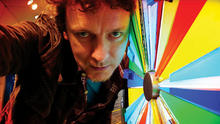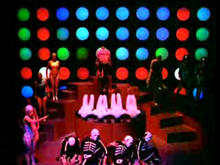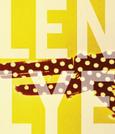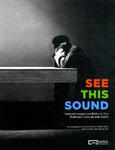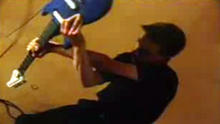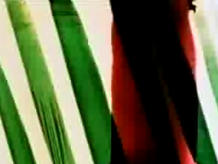The Chemical Brothers: Star Guitar
(2002)directed by Michel Gondry, features what looks like a continuous shot filmed from the window of a speeding train passing through towns and countryside
Star Guitar is the second single from The Chemical Brothers 2002 album Come with Us. The song reached number eight in the UK Singles Chart. Star Guitar is approximately 126 beats per minute and in the key of F major.
The song contains a four measure-long acoustic guitar sample from the David Bowie song, Starman, hence the name, Star Guitar. This sample is repeated throughout the majority of the track, with various musical elements playing off of it as a main theme.
The music video, directed by Michel Gondry, features what looks like a continuous shot filmed from the window of a speeding train passing through towns and countryside; however, the buildings and objects passing by appear exactly in time with the various beats and musical elements of the track. The video is based on DV footage Gondry shot while on vacation in France; the train ride between Nîmes and Valence was shot ten different times during the day to get different light gradients. The Pont du Robinet as well as Pierrelatte's station can be seen. Gondry had experimented with a different version of the same effect in his video for Daft Punk's Around the World, where he had represented each element of the music with a dancer.
Gondry actually plotted out the synchronization of the song on graph paper before creating the video, eventually modelling the scenery with oranges, forks, tapes, books, glasses and tennis shoes.
Source: Wikipedia


